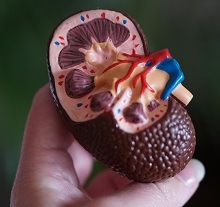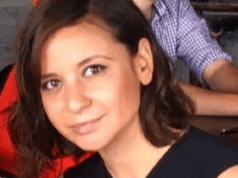 Hansa Biopharma has announced three-year follow-up data on graft survival rates in crossmatch positive patients who received imlifidase prior to kidney transplantation. As reported in the article, which the company states has been accepted for publication in the American Journal of Transplantation, 84% of patients still had a functioning allograft after three years.
Hansa Biopharma has announced three-year follow-up data on graft survival rates in crossmatch positive patients who received imlifidase prior to kidney transplantation. As reported in the article, which the company states has been accepted for publication in the American Journal of Transplantation, 84% of patients still had a functioning allograft after three years.
In addition, three allograft losses occurred during the first six months, with two further losses occurring between two and three years. After three years, the patient survival rate was 90%, three deaths occurred between six months and one year, and no deaths occurred between one and three years. At three years, mean estimated glomuleral filtration rate (eGFR) was 55mL/min/1.73m2.
“We are extremely pleased with these data that support the growing evidence base behind imlifidase,” said Christian Kjellman, chief scientific officer at Hansa Biopharma. “The three-year outcome results published today demonstrate that imlifidase is a potent option to enable transplantation among patients who have a significant immunologic barrier to successful kidney transplantation.”
The rate of acute antibody-mediated rejection (AMR) was 28% within the first month (n=11) following transplant, with four additional AMRs occurring between two and six months—bringing the rate up to 38%. Few AMRs were reported beyond the first six months and only one patient recorded with an early AMR had an AMR during the follow-up period. All AMRs were treated with standard therapies and no graft losses were attributed to AMRs.
In the subset of patients deemed most highly sensitised and unlikely to be transplanted (n=13) with a calculated panel reactivity (CPRA) of ≥99.9%, graft survival was 92% and kidney function improved over time with a mean eGFR of 60mL/min/1.73m2 at three years. “As expected”, there was a high rate of AMR in this group (38%; n=5) within the first 14 days, with two further AMRs occurring between five and six months from transplantation. However, all these AMRs were treated with no graft losses attributed to the AMRs.
The frequency or severity of early AMR was not substantially different from what is expected and reported in highly sensitised candidates receiving incompatible kidneys, according to Hansa Biopharma. Overall, data from this study indicate that the incidence of AMR after imlifidsase is comparable to other desensitisation protocols and manageable in this high-risk population—the release adds—and the long-term safety profile has indicated no increase in the rates of infection or malignancy.












